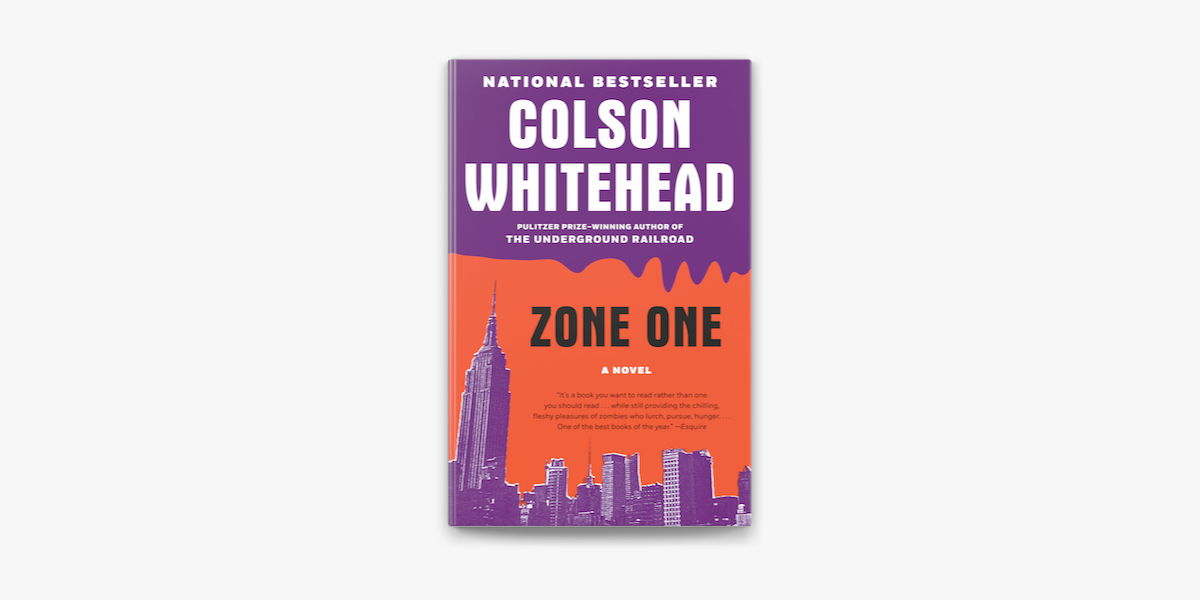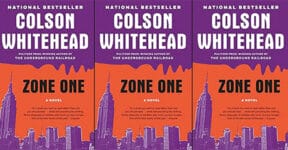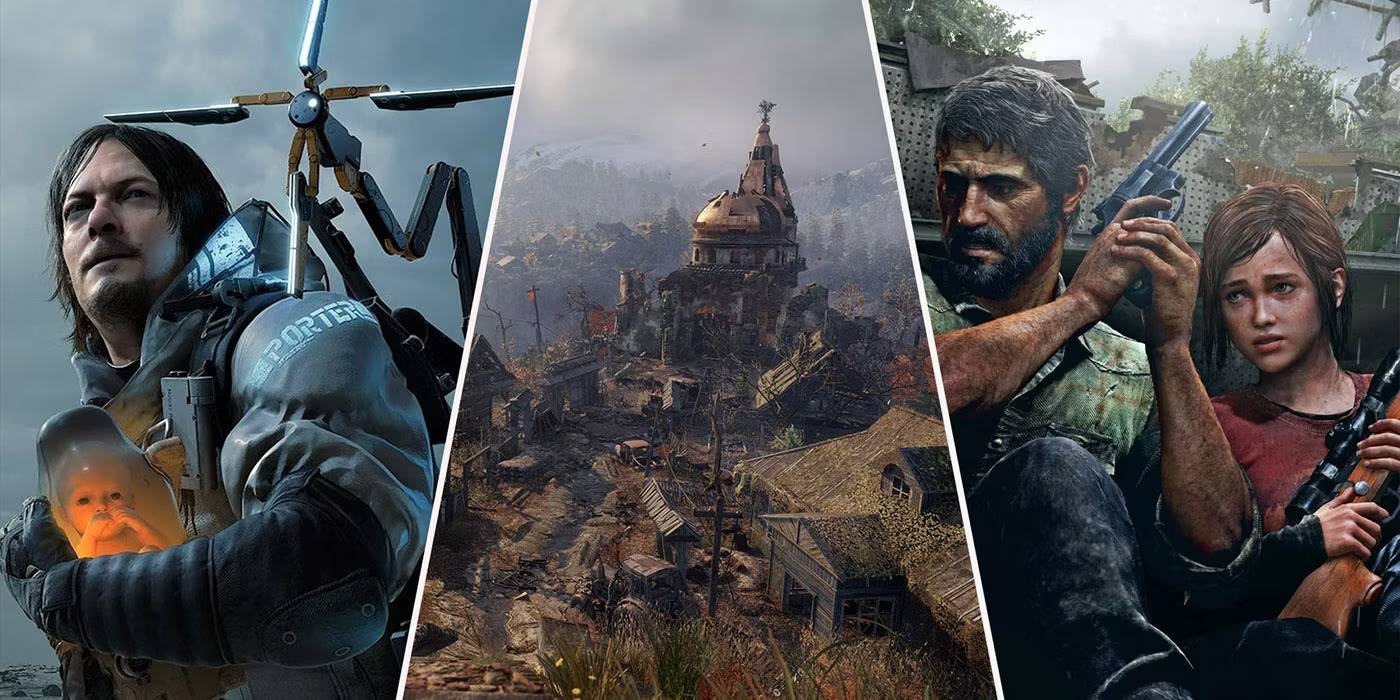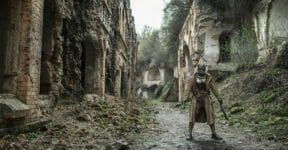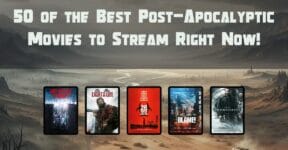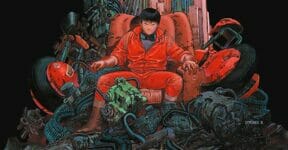Manhattan, also known as Zone One in the novel, is the next target of a sizable military operation to retake what’s left of human civilization from zombies. Unlike most military operations, however, the military here are largely militants, armed civilians tasked with carrying out the duty of normal soldiers. Much of the world is in ruin, and the vast majority of the population has turned into zombies, so it’s a desperate measure in a desperate time. But the politicians and the organizing figureheads are still around, which means at least somebody is in charge of the effort. The sole duty of such a civilian task force is to eradicate all the remaining zombies in towns, after the actual military personnel have neutralized most of the imminent threats.

The novel focuses on Mark Spitz (not an actual name), a proudly mediocre member of one civilian sweeper unit. It’s a 300-page novel, depicting three days of his real-time action. One thing that makes Zone One a refreshingly unique novel of its kind is how the story doesn’t really delve deep into the typical zombie action, gore, and killing, but focuses more on the introspection of Mark Spitz himself.
First thing first, Mark Spitz suffers from Post-Apocalyptic Stress Disorder (PASD). Throughout his duty in a three-person sweeper unit stationed at Manhattan, he suffers from many episodes of flashbacks that often force him to contemplate the meaning of life. There’s no telling what kind of self-reflection he’s about to encounter. In some moments, he sees Manhattan as a dreamy place in his childhood; in others, it’s the struggle to defend against the zombies and the picture of a collapsed society. Sometimes PASD strikes with a reminder of the working gentrification of Manhattan before and after the zombie outbreak. And every single of those episodes brings the story to different places, jobs, people.
The zombies are not exactly called as such in the novel. They’re categorized into two types: the stragglers, the benign zombies who are forever stuck in mundane actions (such as kite-flying or photocopying), and the skels, the aggressive mindless cannibals that will stop at nothing to get a taste of human flesh.
Gentrification
You can’t help but notice that the topic of “gentrification” keeps popping up in many pages throughout the novel. As a matter of fact, it’s undoubtedly the overarching topic of social critique as Mark Spitz and co continue to sweep through vacant buildings and skyscrapers across the borough. Mark Spitz recalled the younger days when he used to sit on his uncle’s balcony, enjoying the view of Manhattan sky and the neighborhoods below. It’s pretty with all its imperfections by all measures, but there’s a hidden anxiety to point out everywhere: the wrecking ball tasked by the zoning commission to replace old steel with new shiny ones. Taking a role in the sweeper unit makes Mark feel like he is the gentrifier of today’s Manhattan.
To some extent, the psychogeography of the city never really changed at all. Residents have no choice but to leave their buildings because of some changes in the policy, and the new residents will be forced to move out in the future unless they can really cope with every new reality to come. Manhattan is a borough of perpetual change. There will always be new people in new high rises, although the addresses likely remain the same. Old buildings send people away, and the fresh ones rise from the rubble as invitations to get integrated into the shimmer of the city. Even those who live in the “Happy Acres” are not always spared from the misery of gentrification.
And at the end of the story, the humans’ attempt to be the gentrifiers in Manhattan might be futile because the skels break down the barricade that’s supposed to keep them out of Zone One. They take the street and purge Manhattan of all humans, and in practice make the skels the gentrifier. They do so not only to get their dose of human flesh but also to overtake the streets, the space, the buildings, and the city for themselves.
We think Colson Whitehead uses zombies to depict how fragile human society really is. It also taps into our inclination to recall memories of the past when overwhelming peril lies directly ahead. This is showcased by the survivors’ likelihood of indulging in setting up social organizations and crafting a makeshift government, as if creating an old sense of normalcy works as a coping method. But regardless of what the survivors are trying to do, complete annihilation of humans is inevitable. Zone One pictures a bleak future, although it does offer some good observation into humans’ behavioral tendencies in what remains of their old society. Hope always lies in the average citizens and how far they’re willing to go to preserve their mediocrity.
Is there any way you can relate the zombies in the novel with the latest COVID-19 pandemic? Do you think the storyline makes a decent description of societal collapse? We’d love to hear from you.
Other Things You Might Want to Know
Fiction books by Colson Whitehead:
● The Intuitionist (1999)
● John Henry Days (2001)
● Apex Hides the Hurt (2006)
● Sag Harbor (2009)
● The Underground Railroad (2016)
● The Nickel Boys (2019)
● Harlem Shuffle (2021)
● Crook Manifesto (2023)
Books like Zone One:
● Monster Island by David Wellington (2006)
● Wastelands: Stories of the Apocalypse – Anthology (2008)
● 30 Days of Night by Steve Niles and Ben Templesmith (2002)
● Dark Recollections by Chris Philbrook (2013)
● Autumn: The City by David Moody (2011)
What is PTSD?
Post-Traumatic Stress Disorder (PTSD) refers to a mental health condition triggered by horrifying events in the past – either witnessing the events or experiencing them. Symptoms may include nightmares, suicidal thoughts, paranoia, hallucinations, severe anxiety, and flashbacks. Some patients also have difficulties separating hallucinations from reality during an episode of PTSD.
Check out other articles by month:

